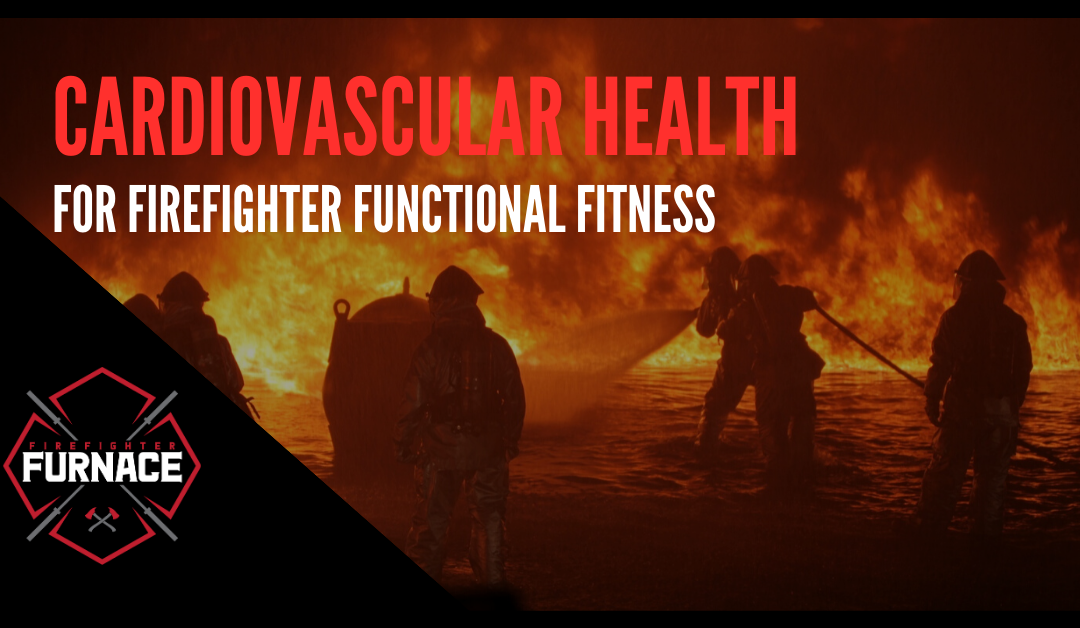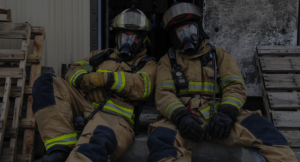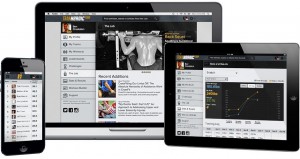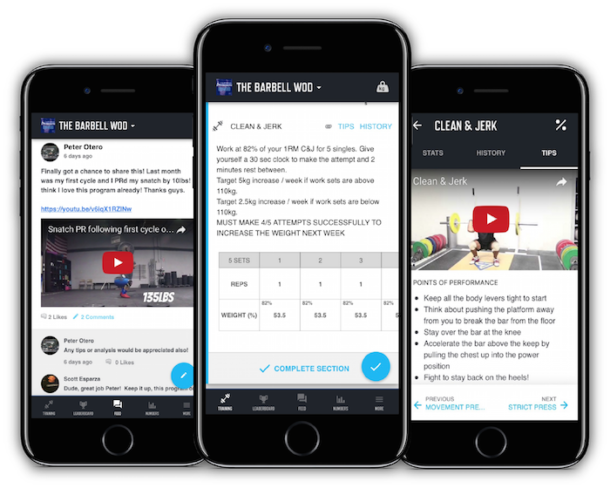It’s no secret that firefighting is a physical job. You need to be in great shape if you want to excel as a firefighter; it’s that simple. By working on your firefighter functional fitness level, you can make sure that you are up to the challenge. Your cardiovascular health plays a big role in that, so it’s important to make it a priority.
What is Cardiovascular Health?
In the simplest terms, cardiovascular health is about the condition of the heart and blood vessels. The efficiency at which blood can circulate through your body and how well it carries oxygen directly impact your ability to perform.
Similarly, blood is responsible for delivering vital minerals, vitamins, and various potential sources of energy throughout the body, and doing that job well is essential for good health. Without a robust and resilient cardiovascular system, meeting the physical firefighter requirements for the job is practically impossible.
Blood also shuttles waste products out of the body. For example, blood transports carbon dioxide to the lungs, allowing you to exhale it. When the liver creates urea as a waste product, the blood takes it to the kidneys for expulsion.
Essentially, cardiovascular health is a critical component of fire rescue fitness. Without it, you won’t be able to perform at your best.
The Three Energy Systems for Firefighter Functional Fitness
As a firefighter athlete, you use three energy systems to handle the demands of both firefighter training and the job itself. Each one addresses a certain kind of physical ask you may make of your body, ranging from the need for a burst of explosive energy to the ability to sustain yourself when the physical demands of the job continue on for more than a few minutes and, potentially, for several hours.
ATP-Phosphocreatine System
When you need an immediate burst of energy that doesn’t have to be sustained, you are relying on the ATP-Phosphocreatine system, one of the body’s two anaerobic energy-producing processes. It’s the way to get an “explosive” movement, and it’s critical for firefighter functional fitness.
Exactly why does this matter so much in the world of firefighting? For a ton of reasons. When you have to quickly lift something that’s heavy, like an unconscious person you are rescuing from a fire, you are relying on this immediate-use energy system.
As a result, training the ATP-Phosphocreatine systems is critical to your success as a firefighter athlete. When you go through a firefighter workout routine, you want to make sure that you include exercises that call on the ATP-Phosphocreatine system, such as a challenging deadlift.
Lactate System
The second anaerobic energy-producing system in the body that is a crucial part of firefighter functional fitness is the lactate system. It relies on glycolysis and allows you to get enough energy to handle an intense activity for one to three minutes.
When you use the lactate system, the body converts glucose into pyruvate, giving you a source of energy in the form of ATP. As a byproduct, hydrogen is also produced and, if not removed from the body quickly, it combines with the pyruvate, creating lactic acid.
Since the build-up of lactic acid in the blood can lead to fatigue and hinder performance, training your lactate system is vital. You want to condition your body to be adept at ridding itself of the lactic acid, a process called increasing your lactate threshold.
Considering that the lactate system is engaged for about one to three minutes when the activity is intense, you want to use workouts that have similar demands. For example, a 400-meter sprint relies heavily on this energy system, making it a wise addition to your workout.
In many cases, fighting fires involves the lactate system above all else. Intense activities that come with the job usually fall into these shorter durations, such as hauling a hose up a ladder or swinging an ax several times to breach a door. If you don’t train your lactate system, you won’t reach the peak of your firefighter athlete capabilities.
Aerobic System
When people refer to physical endurance, they are usually talking about a person’s aerobic system. This energy system relies on oxygen and is all about sustaining physical capacity.
A lot of a firefighter’s job relies on the aerobic system, so having exceptional cardiovascular health is important in this line of work. It improves your handling low-intensity activities for long periods, ensuring you can keep working after the fire itself has been put out.
One example of an athletic activity that relies on the aerobic system is running a 5k. After the initial start, the body transitions to the aerobic system, ensuring you can maintain during the entire race.
Training your aerobic system means making time for endurance workouts. With a cardiovascular-focused routine, you aren’t trying to put out 100 percent max effort. Instead, you want to aim between 50 percent and 90 percent of your max. This ensures that the workout is challenging but that it is relying on your aerobic system.
Training for Firefighter Functional Fitness
Since you want to ensure that you can rely on all three energy systems as a firefighter, you need to embrace a workout regimen that gives you a chance to use each one and improve them. At Firefighter Furnace, the programs offered are designed to guide you in that direction, ensuring no system is neglected.
If you are looking for an advanced firefighter workout that incorporates cardiovascular endurance program, then Hero Elite might be for you. It’s challenges you physically in ways that relate to the job and maximize your use of the three energy systems. That way, you can become the firefighter athlete you need to be to excel.
For those who need to lose some weight and want to become more physically fit, Firefighter Furnace offers the Hero Ignite program. It starts at a slower pace, allowing you to shed pounds and enhance your capabilities. This includes improving your cardiovascular health and use of the three energy systems.
By incorporating all three energy systems into the routines, you can maximize your capabilities. That way, you’ll feel prepared for even the most challenging demands of the job.













